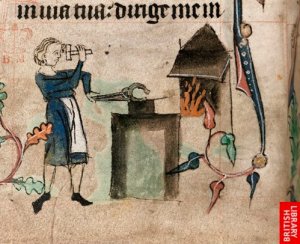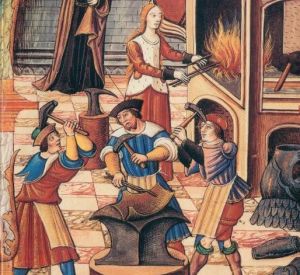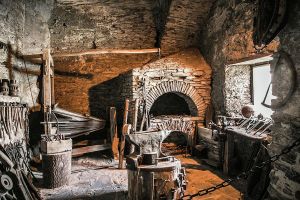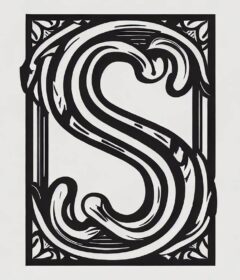As you know, I’m writing a romance which features a blacksmith.
What very interesting fellows they are.
 They were considered special throughout history because of their ability to turn a bit of raw ore into a useful tool or a weapon. It was seen as a form of alchemy…or witchcraft.
They were considered special throughout history because of their ability to turn a bit of raw ore into a useful tool or a weapon. It was seen as a form of alchemy…or witchcraft.
As a consequence the blacksmith, though a lowly fellow in the Mediaeval pecking order, was looked up to by all classes. The skill was most often passed on from father to son which made it even more interesting for the ‘lore’ surrounding the smith was secret and arcane. If you had no son, then a daughter would do (there are references to female blacksmiths in history) or you must pass it onto another by way of an apprenticeship.

There are lots of supernatural stories associated with blacksmiths and farriers. (The two did not diverge until later in history). The farrier was an essential member of the community. Not only did he keep the many horses and oxen (yes oxen were shoed), in good shape but he often cared for their ills too…so he was a proto-vet.
The blacksmith was skilled in making and mending tools which was also essential for Mediaeval life. Imagine life in the 13th century without the metal blade of a spade (yes some were wood but they often had a metal edge to do the cutting), or a harrow or plough share. All of these would be made by the village or town blacksmith
And because of his special status, he had magical properties too. He could cure warts and other deformities; his forge was a magical place. He could lift or pronounce a curse; he could calm a fretting beast. And he was associated with fertility. Often there was a local round stone (one with a hole in the middle). Ladies would crawl through this supervised by a blacksmith and then they were sure to fall pregnant. (No, not by the blacksmith…well maybe). 😉

We all know about the lucky horseshoe but what about the lucky nail. Get one of those and have something written or a pictograph (a picture which represents something) on it and you were sure to prevail in your quest. And broken bones? Well the blacksmith was good at ‘forging’ so why not mending bones?
It’s interesting to note that research done into modern blacksmithing reveals that the water in the forge trough, used for quenching items of hot metal, is filled with – you’ve guessed it – various chemicals which might…just might have contributed to the cures which Mediaeval man sought from him.
Eventually the working of metal was split into several arms. The armourer took over the making of swords and armour. The farrier specialised in beasts and the blacksmith carried on his work with tools and things like metal decoration for church and castle doors.
 Blacksmith, British Library
Blacksmith, British Library
And if you need to fend off the Devil…he’s your man. Keep on the right side of him…eh?

